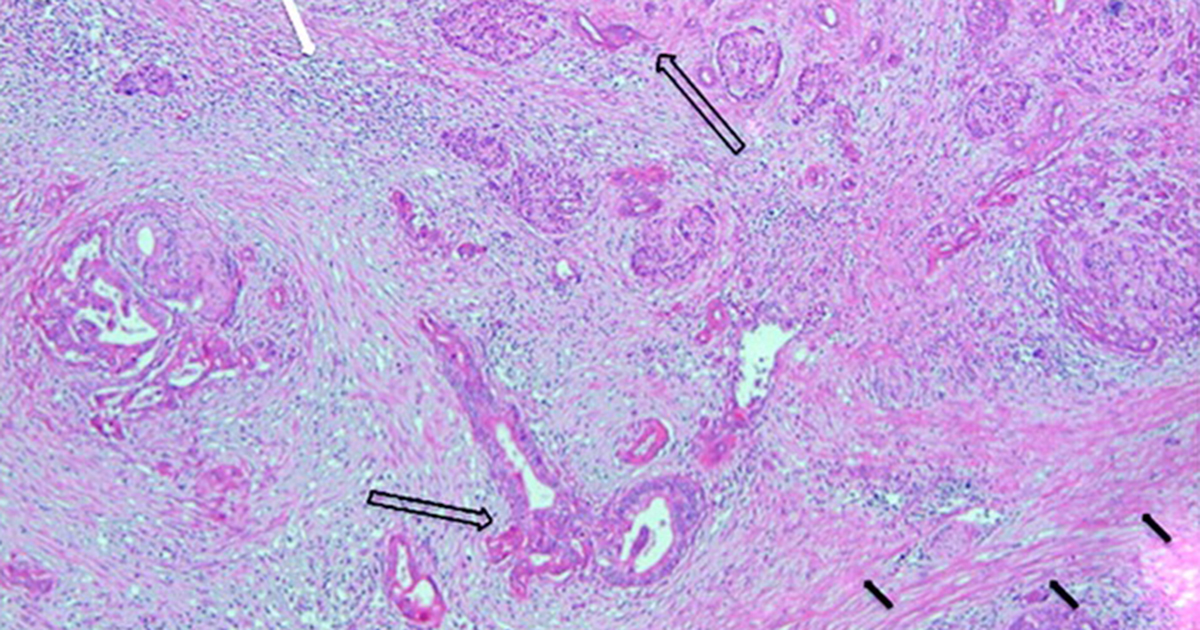Cancer begins in cells, the building blocks that make up tissues. Tissues make up the pancreas and the other organs of the body.
Normal cells grow and divide to form new cells as the body needs them. When normal cells grow old or get damaged, they die, and new cells take their place.
Sometimes, this process goes wrong. New cells form when the body doesn’t need them, and old or damaged cells don’t die as they should. The buildup of extra cells often forms a mass of tissue called a growth or tumor.
Tumors in the pancreas can be benign (not cancer) or malignant (cancer). Benign tumors are not as harmful as malignant tumors:
Benign tumors (such as adenoma):
- are usually not a threat to life
- can be removed and usually don’t grow back
- don’t invade the tissues around them
- don’t spread to other parts of the body
Malignant growths:
- may be a threat to life
- sometimes can be removed but can grow back
- can invade and damage nearby tissues and organs
- can spread to other parts of the body
Pancreatic cancer can invade other tissues, shed cancer cells into the abdomen, or spread to other organs:
Invade: A malignant pancreatic tumor can grow and invade organs next to the pancreas, such as the stomach or small intestine.
Shed: Cancer cells can shed (break off) from the main pancreatic tumor. Shedding into the abdomen may lead to new tumors forming on the surface of nearby organs and tissues. The doctor may call these seeds or implants. The seeds can cause an abnormal buildup of fluid in the abdomen (ascites).
Spread: Cancer cells can spread by breaking away from the original tumor. They can spread through the blood vessels to the liver and lungs. In addition, pancreatic cancer cells can spread through lymph vessels to nearby lymph nodes. After spreading, the cancer cells may attach to other tissues and grow to form new tumors that may damage those tissues.
